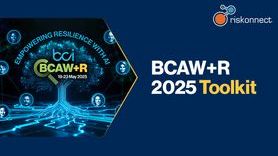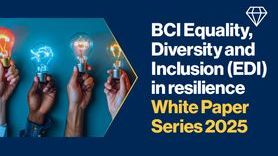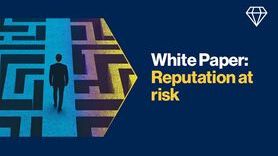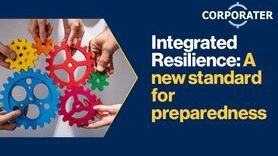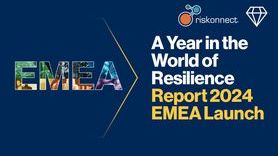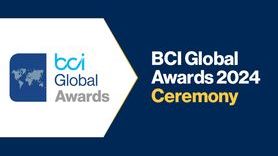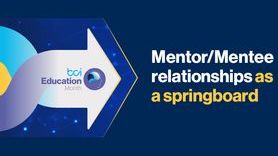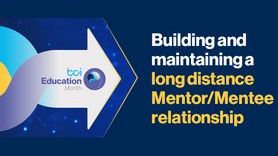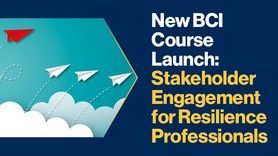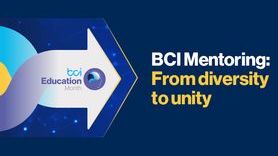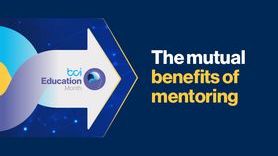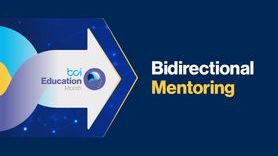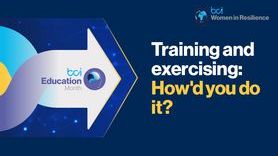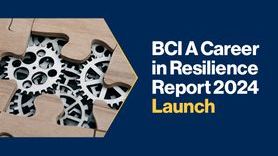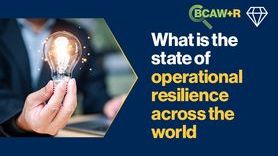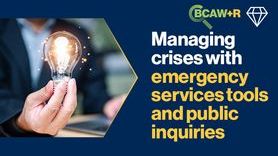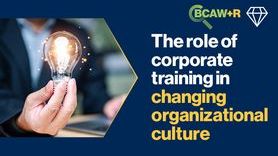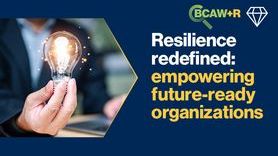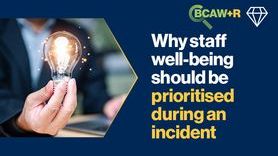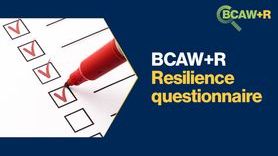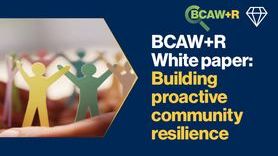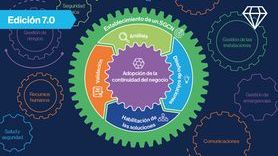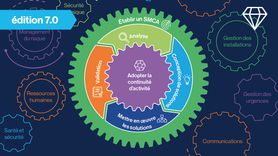Business Continuity Exercising - managing people, peak performance & COVID

This article will take a look at how governance oversight, as well as a diligent approach taken by management to exercising the BC plan, enabled athletes for the Swimming New Zealand (SNZ) National Sports Organization to successfully attend the Tokyo Olympic Games amidst the COVID-19 pandemic. Due to vast layers of complexity and significantly heightened risk, as well as taking place during a period where Government health mandates changed frequently, this was a significant task.
BC exercising to support athlete safety, welfare and performance at the Tokyo Olympic Games
With uncertainty around flight scheduling, the availability of managed isolation and quarantine hotels for the returning party, alongside the need for strict training bubbles pre-departure from New Zealand, within the Olympic Village and at every other stage of this occasion, preparation was significantly more complex and involved. Therefore, exercising - the process of training, practicing and improving the plan - was an extensive operation in itself. The plan evolved as a series of well-executed activities by highly competent people over many months. Plan capability and communication strategies were exhaustively tested and embedded to validate procedures and activities to respond to multiple ‘what if’ scenarios.
Exercising had to align with other NSO H&S plans, with the Board’s Risk Matrix and within the overarching NZOC Risk Management Framework. This also extended to activities pre-departure, on arrival, and in the Olympic Village, when competing at events and post-Games. Stakeholder communications were extensive - from athletes, to families, organizational partners, host city government agencies, local organizing committees and the NZ Health Authorities.
Plan for the likely and unexpected – scenario testing, retesting and revalidating plans
By engaging collaboratively, SNZ considered the approaches of aligned international sporting organizations to test the robustness of their thinking. Standard operating procedures were tested, flight segregation, DR, emergency planning, COVID testing and isolation protocols were all factors carefully considered. In addition, vaccination policies, data management and privacy, broadcasting and social media policies, the comms plan, escalation procedures and contingency plans were challenged.
In any normal Olympic Games cycle, the all-important pre-event staging camp and exercising around team travel, in-Village and athlete preparation would take place some months prior. In the case of Tokyo, this exercising simply did not take place, with the safety of personnel considered to be the top priority by management and the Board, along with uncertainty around the venue and whether the Games would in fact even proceed at that time.
Exercising extended to testing new approaches for press and broadcast interviews (social distancing and mask protocols), limiting family support in the Olympic Village and inter-team social gatherings, as well as post-event celebrations beyond ‘bubbles’ (imposing a severe restriction on athletes). At the same time, it was vital to support their ongoing positive mental health under quite different preparation regimes and within the highly controlled environment.
Embedding lessons for future international events
All of the above resulted in several lessons – the importance of pre-event staging camps was reinforced, in addition to a heightened awareness around athlete safety and mental health, plus the adoption of new strategies to support high performance in restrictive environments. The travelling team members each had to deal with many additional layers of compliance, heavy restrictions and 14 days of isolation upon their return to NZ. They exhibited agility and personal resilience during this challenging period and learnt new strategies to celebrate successes (without family or other international competitors), all while balancing public expectations and the pressure to perform.
Procedural efficiencies, enhanced communication planning and a broader appreciation of BC exercising to manage the unplanned has added an additional layer of awareness and education. This will only serve to enhance the detailed planning around future travelling teams, continuing to put the health and safety of people first, for the next series of international events.
Steve Johns, SNZ CEO added: “The success of the Tokyo campaign, including pre- and post-competition, came down to an increased pre-departure focus on risk management and contingency planning, linked to travelling and competing during a global pandemic. The benefit to us as an organization is this work can be used for future campaigns as part of our ‘normal’ business continuity and contingency planning.”




